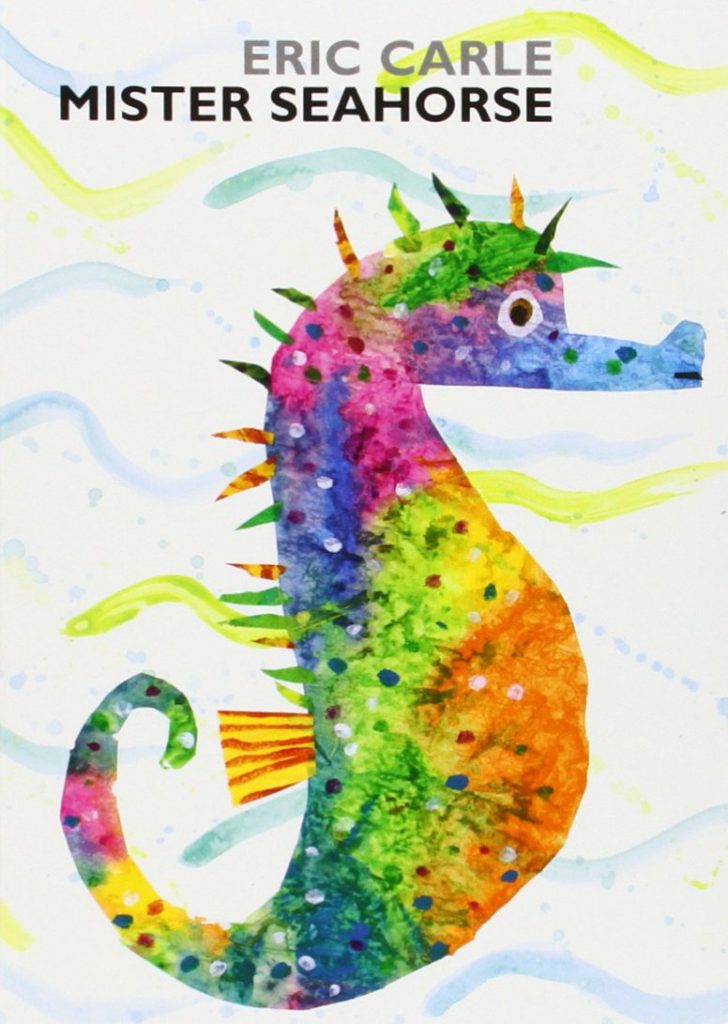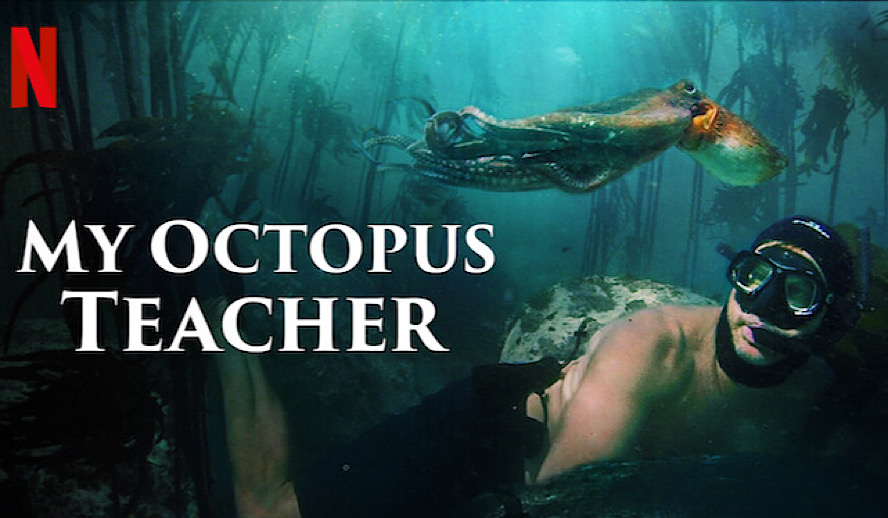Seasons of Change
On my greenway walks, I’ve watched the forest transform. Winter turned to spring and now summer is here!
I walk in a temperate deciduous forest ecosystem. Click here to learn more. about an ecosystem.
Click here for full screen.
On my greenway walks, I’ve watched the forest transform. Winter turned to spring and now summer is here!
I walk in a temperate deciduous forest ecosystem. Click here to learn more. about an ecosystem.
Click here for full screen.
Another science phenomenon:
The balloon flower is aptly named. Balloon-like buds open to a star-shaped flower. Mine are purple, but they can also be pink or white. This perennial grows in clumps and has multiplied readily in my garden. They are native to Asia.
If you squeeze the sides of the bud, they will make a popping sound and burst open, just like a balloon! How fun!
Squirrels often join me on my walks through the woods. They are the ideal animal to springboard lessons about balance. How do squirrels maintain their balance as they leap among branches?
Notice how well his body is camouflaged!
Click here to go to a rock balance lab.
Click here for a balance scale lab.
Click here and here for more balance investigations.
Connect science and math standards as you study balance.
Click here for the Safeshare link, Click here for full screen,
Click here for the Safeshare link. Click here for full screen.
Give your child (student) a lunch bag of objects, such as blocks, a plastic cup, ruler, paper towel tubes, or a pencil. Ask him/her to build something that demonstrates balance.
The Busy Tree is one of my favorite picture books about trees. I pass many trees as I walk, but when I approach this one, I always pause and wonder. Who is living in, around, and on this large tree? Is there a nest hidden out of my view or an animal living in a hollow? Which insects make it their home? Will I spy a squirrel climbing on the branches or an animal resting in the shade on a hot day? Does lichen grow on the trunk or mistletoe up on the limbs? Will this tree produce nuts or seeds? A tree truly is teeming with life!
Click here for full screen. Click here for the Safeshare link.
When I visited the Bailey-Matthews Shell Museum, I was immediately drawn to the seahorse exhibit. What fascinating creatures! I was anxious to learn more.
Facts I learned about seahorses:
Although classified as fish, seahorses have an exoskeleton, no scales, and swim erect. They are carnivores and their diet consists mainly of small crustaceans. Their long, thin snout acts like a vacuum. They don’t have stomachs, so they must eat continuously. Eyes move independently, so they can look forward and backward at the same time.
Seahorses are poor swimmers. They propel themselves by fluttering a small fin on their back. Smaller fins, located near the back of the head, are used for steering. They are one of the few sea animals that can change colors which they use to camouflage themselves and hide from predators.
Seahorses are the only fish that have tails that can grab objects. Tails are used to grip onto sea grasses, so that they are not carried away by a current.
Seahorses reproduce in a unique way. The female lays her eggs in a male’s brood pouch. He carries the eggs until they are ready to hatch. Up to 45 days later, the babies emerge fully developed.
Click here for full screen. Note: Several other sources that although sea horses mate for a period, they do not mate for life.
Click here for full screen.
Use this as a brain break and to incorporate music into your study! Click here for full screen.
Click here to listen to Mr. Seahorse.

Why do these shells have holes in them?
Scroll below the photo to find out.

Most of these holes were made by predatory gastropods, such as snails. The snails burrow through the sand with their muscular foot until they find a bivalve. Then, they use their radula (tongue) which is covered with sharp tooth-like structures to drill a hole in the shell. Once the hole is made, they suck out the contents of the shell. When I was young, I liked to collect shells with holes, paint them, and add twine or ribbon to create necklaces.
The tiny holes in the shell on the top right were made by boring sponges. Click here for more information.
I took this photo of a snail at the touch tank at the Bailey-Matthews Shell Museum in Sanibel. It’s amazing how large a snail can be inside a shell!
Mollusks are invertebrates which means they have no bones. They are soft-bodied. There are three classifications: cephalopods, gastropods, and bivalves. In the last post, I shared information about octopuses which are cephalopods. In this post, I will focus on bivalves and gastropods.
Bivalves and gastropods are born with shells. The shells grow with them. Shells are not actually homes but body parts. The mantle produces the shell from calcium carbonate.
Bivalves, such as oysters, clams, scallops, and mussels, have two shells that are hinged together. The shells grow from the outer edges and both shells must grow at the same rate. They can open and close the shells as they move and eat.
Look carefully, do you see the growth lines around the shell? It may remind you of growth rings on a trunk.
Gastropods, such as conch, snails, and whelks, live in a spiral shell. The spiral grows from the outside and wraps around the invertebrate as it grows.
Click here to watch full screen.
Click here and here for the Safeshare links of additional video about mollusks.
Classifying is an important skill. If you collect shells on a beach holiday, ask your child to sort them. They may choose their own categories which may include size, color, like kind, and texture, but then suggest that they group them into bivalves and gastropods.
Seashells by the Seashore is an engaging book to learn the names of common shells. Click here for the Safeshare link. I gave a bag of the shells to my scientists and as the characters discovered shells on the beach, my students picked up the matching shell. If you go to the beach, try to find these twelve shells.
I made these years ago to integrate science and math for my youngest scientists. I used sandpaper to make the shore.
While in Sanibel, Florida, I visited the Bailey’s-Matthew National Shell Museum. The exhibits focus on mollusks. My favorite exhibit was the Giant Pacific Octopus. Click here to go to the live cam and watch this engaging octopus!
Some fun facts I learned:
An octopus is a mollusk. Not all mollusks have shells.
This is the largest octopus species. Adults can grow to 150 pounds with an arm span of 12 feet.
Each arm has over 200 suckers. Each sucker can pick up 30 pounds!
An octopus has three hearts and blue blood.
As soon as an octopus mates, it begins dying, so this octopus will always live alone.
An octopus is a skilled escape artist. The museum staff holds regular octopus escape drills.
Can you locate the siphon, eye, two rows of suckers, and mantle?
Click here to watch full screen.
Click here to watch full screen.
My husband and I enjoyed watching the documentary, My Octopus Teacher, on Netflix. Click here for the preview.

Make an octopus craft to develop fine motor skills. Cutting, rolling, and attaching the stickers will help my youngest scientists strengthen dexterity and the coordination of small muscles. Click here for further directions.
I just returned from a holiday at the beach. What creates the beautiful display of colors when the sun rises and sets?

Perform the simple experiment below to investigate how light scatters and creates the color change. Click here to watch full view. Click here for the Safeshare link.
Let’s learn more about why the sky is blue. Click here to watch full screen. Click here for the Safeshare link.
Click here to watch The Next Time You See a Sunset read by an astronaut on the ISS.

The magnolia grandiflora is native to the southern United States. This striking evergreen tree grows to 90 feet tall and 40 feet wide.
It is an ideal teaching tree for young children because investigating it is a sensory experience.
Touch the leaf. What do you notice? Describe the texture. Is the texture the same on both sides? Why might these leaves be thicker than oak or maple leaves? Why do you think the leaves differ in color on opposite sides?
The striking, fragrant white flowers, that begin blooming in spring, can be as large as 12 inches in diameter. Identify the parts of the flower. Watch how it changes over several days. Dissect the flower.
The seed pod/fruit is unusual. Examine it closely and describe its texture. Cut one in half. The red seeds that pop out each fall are always a delightful surprise!
Click here for full screen.